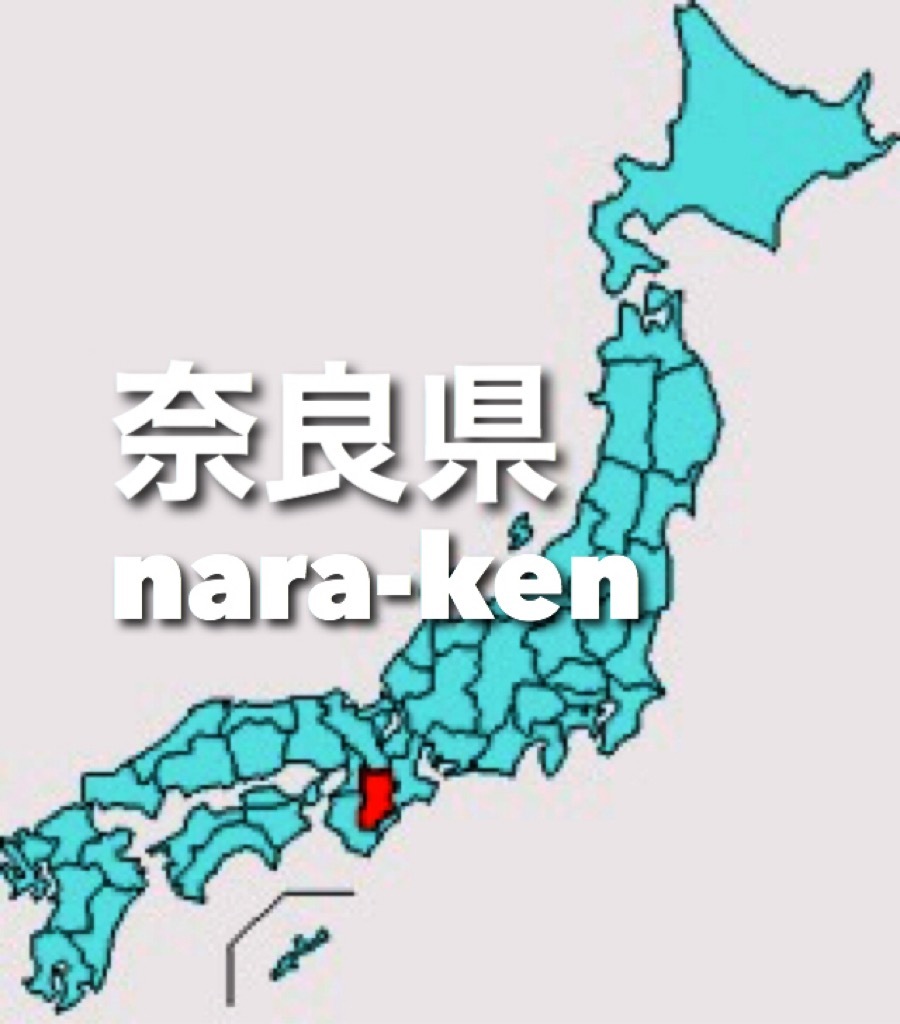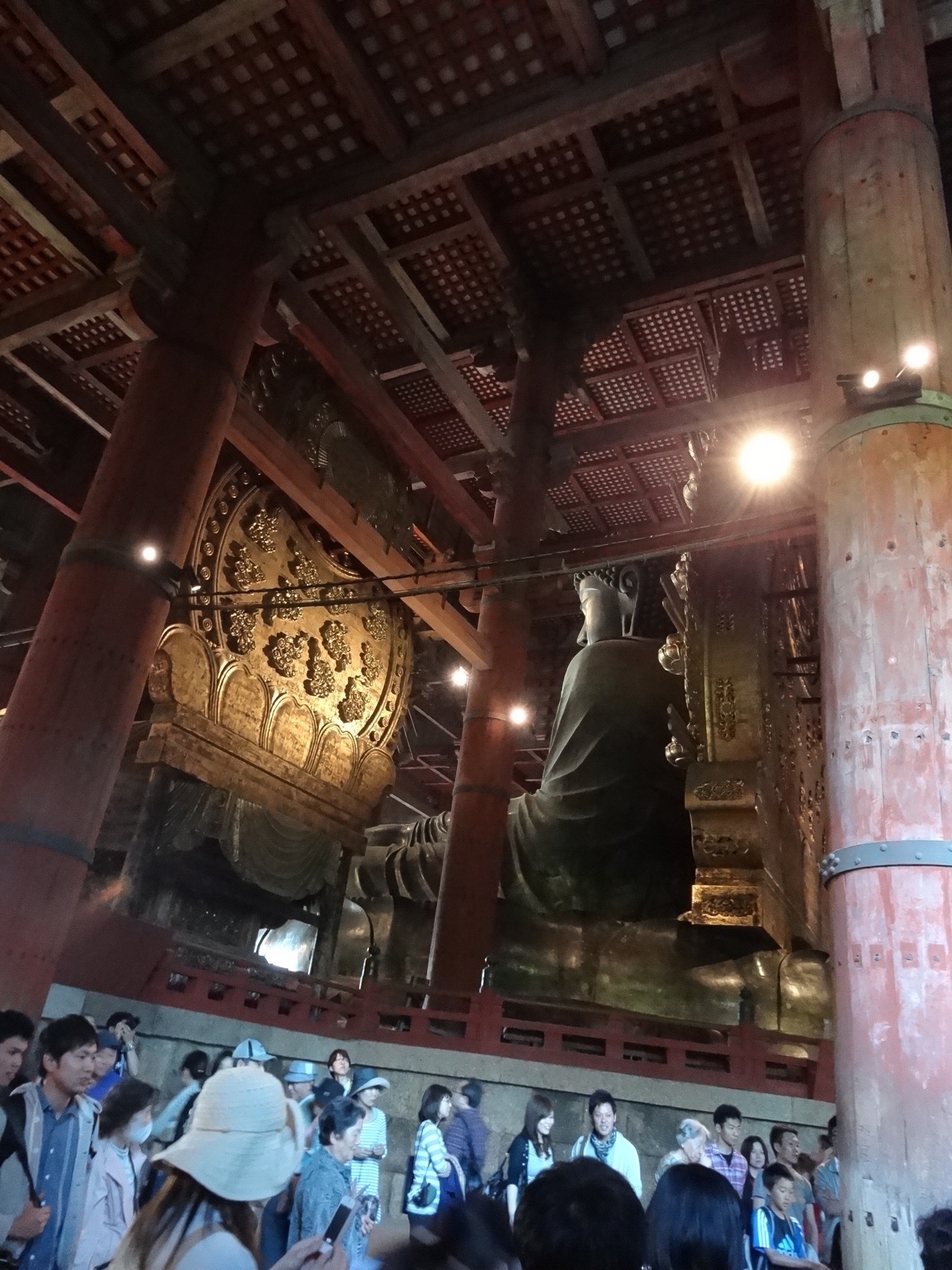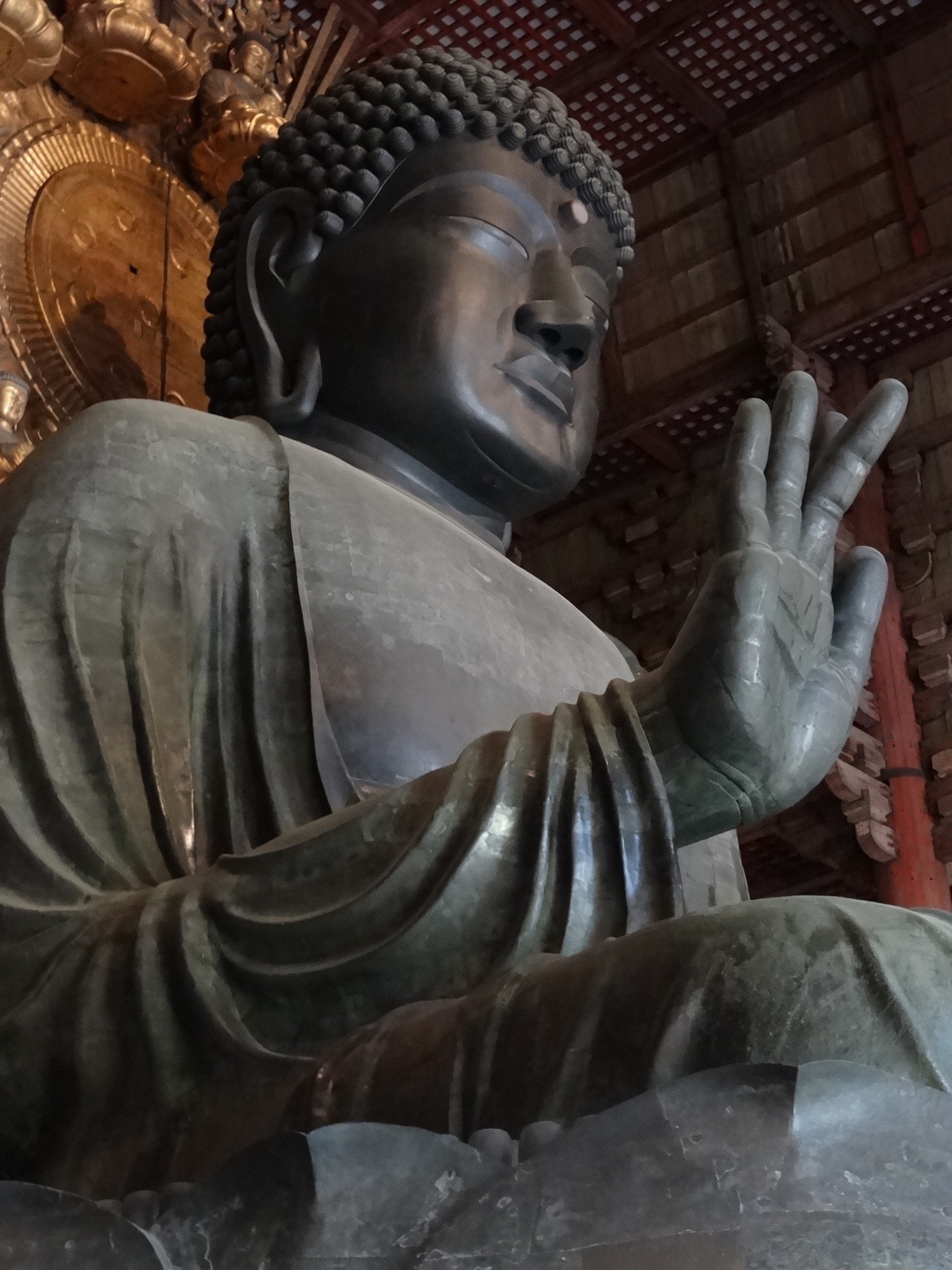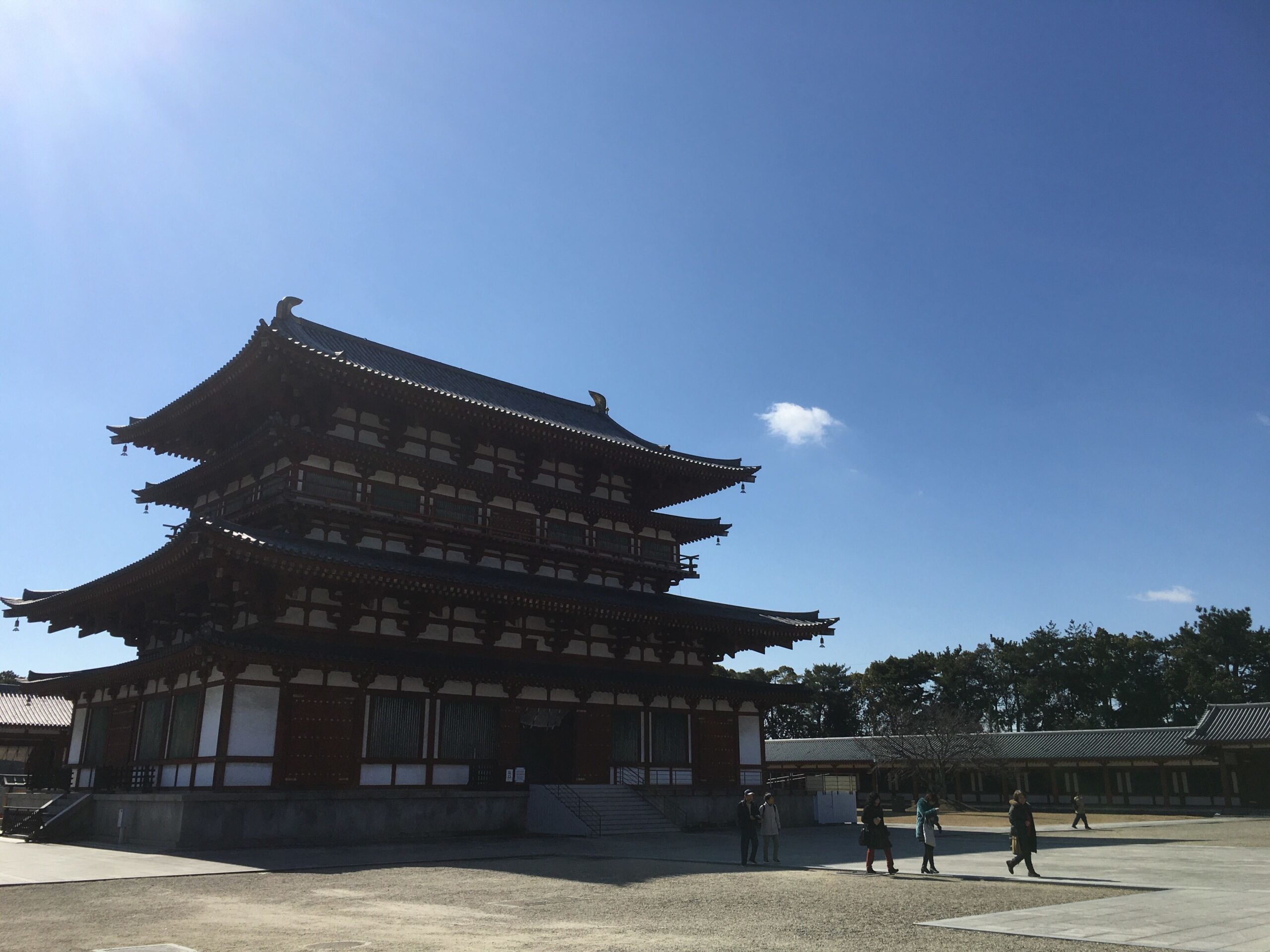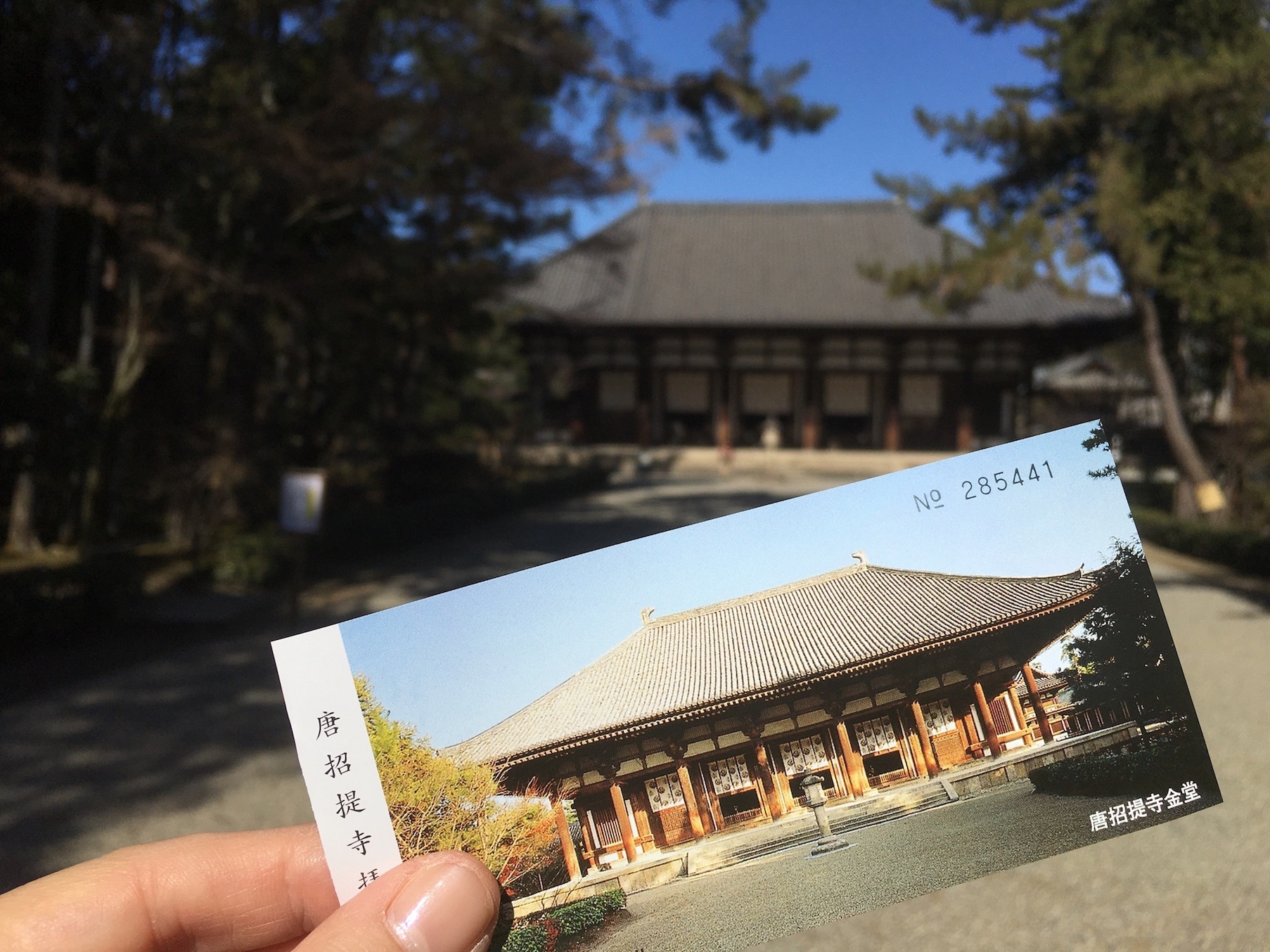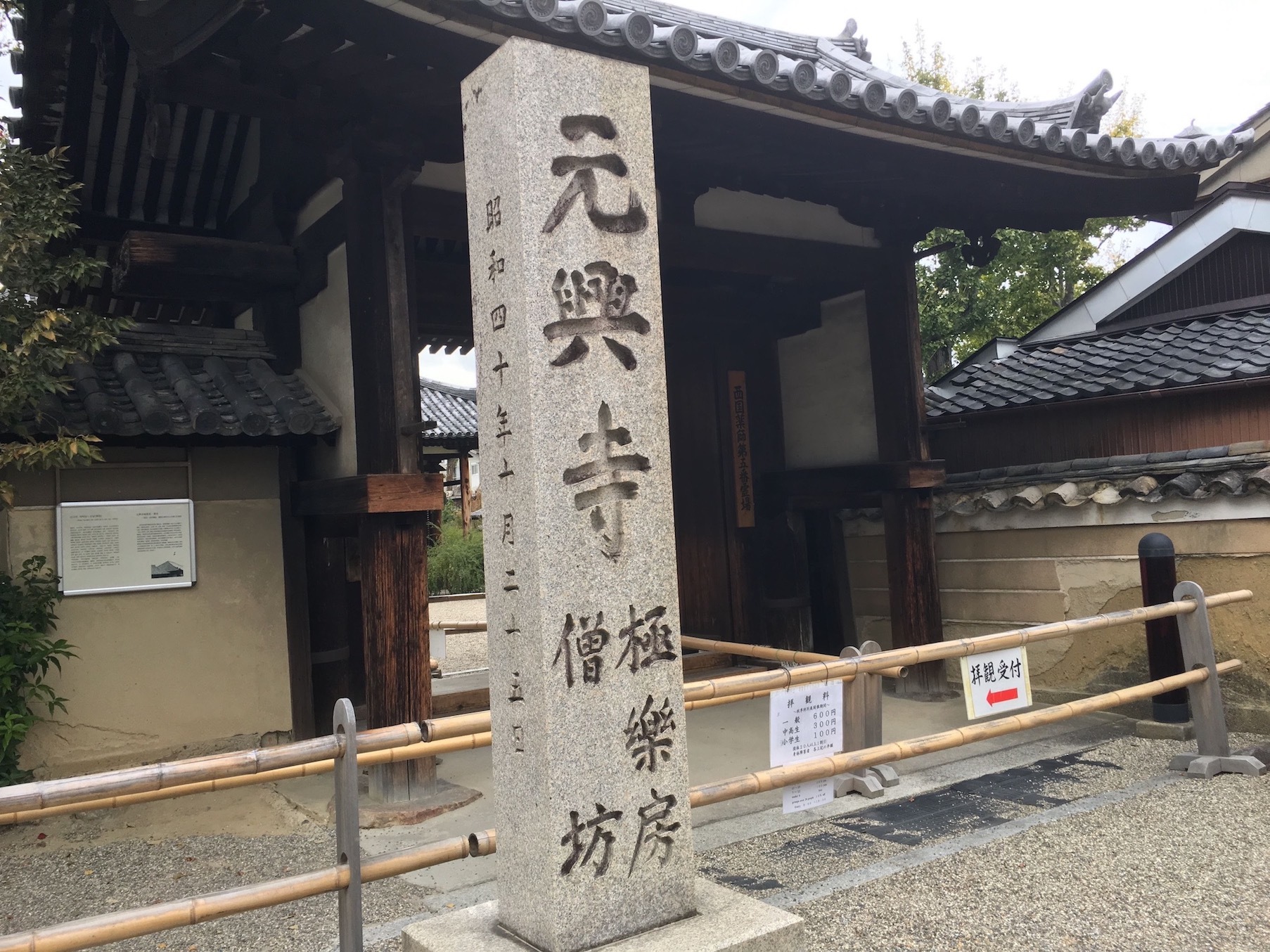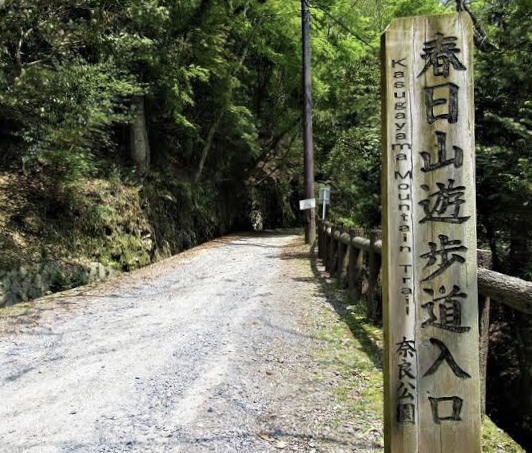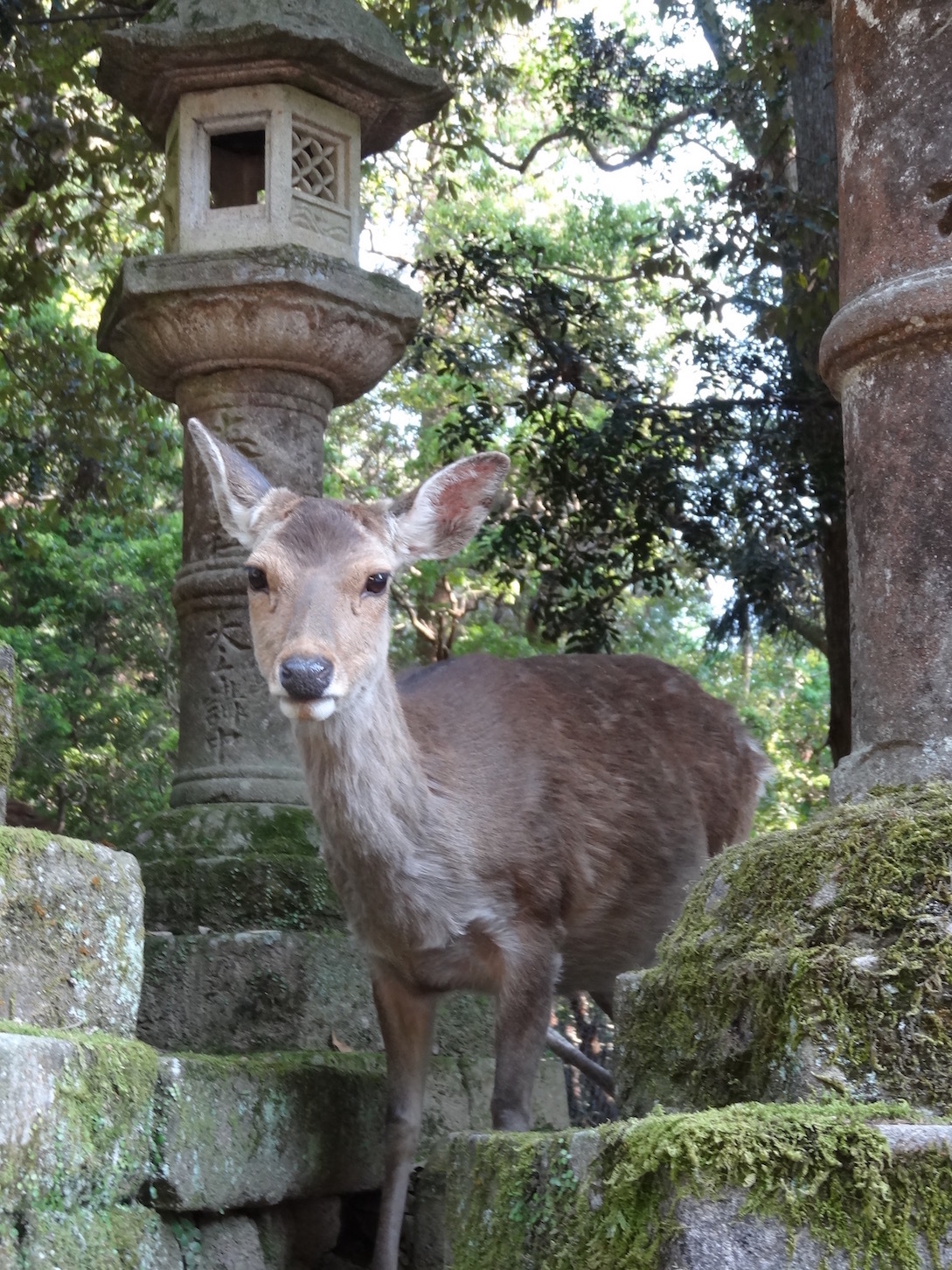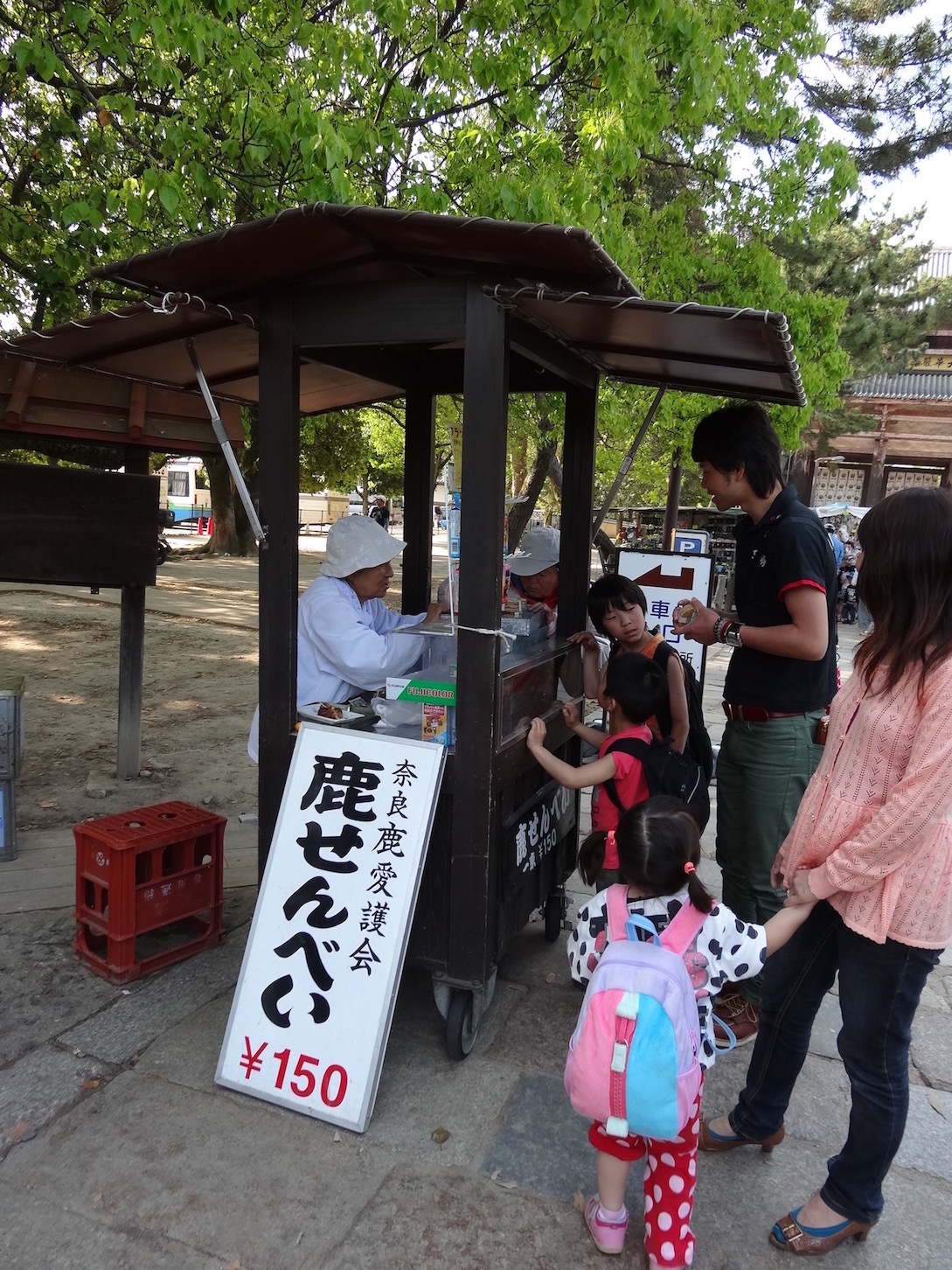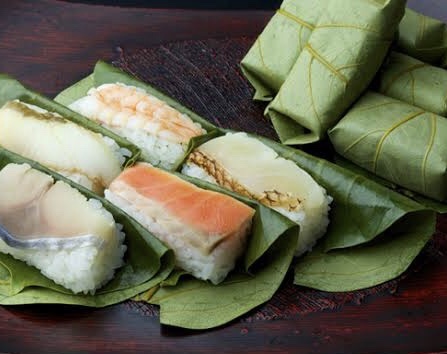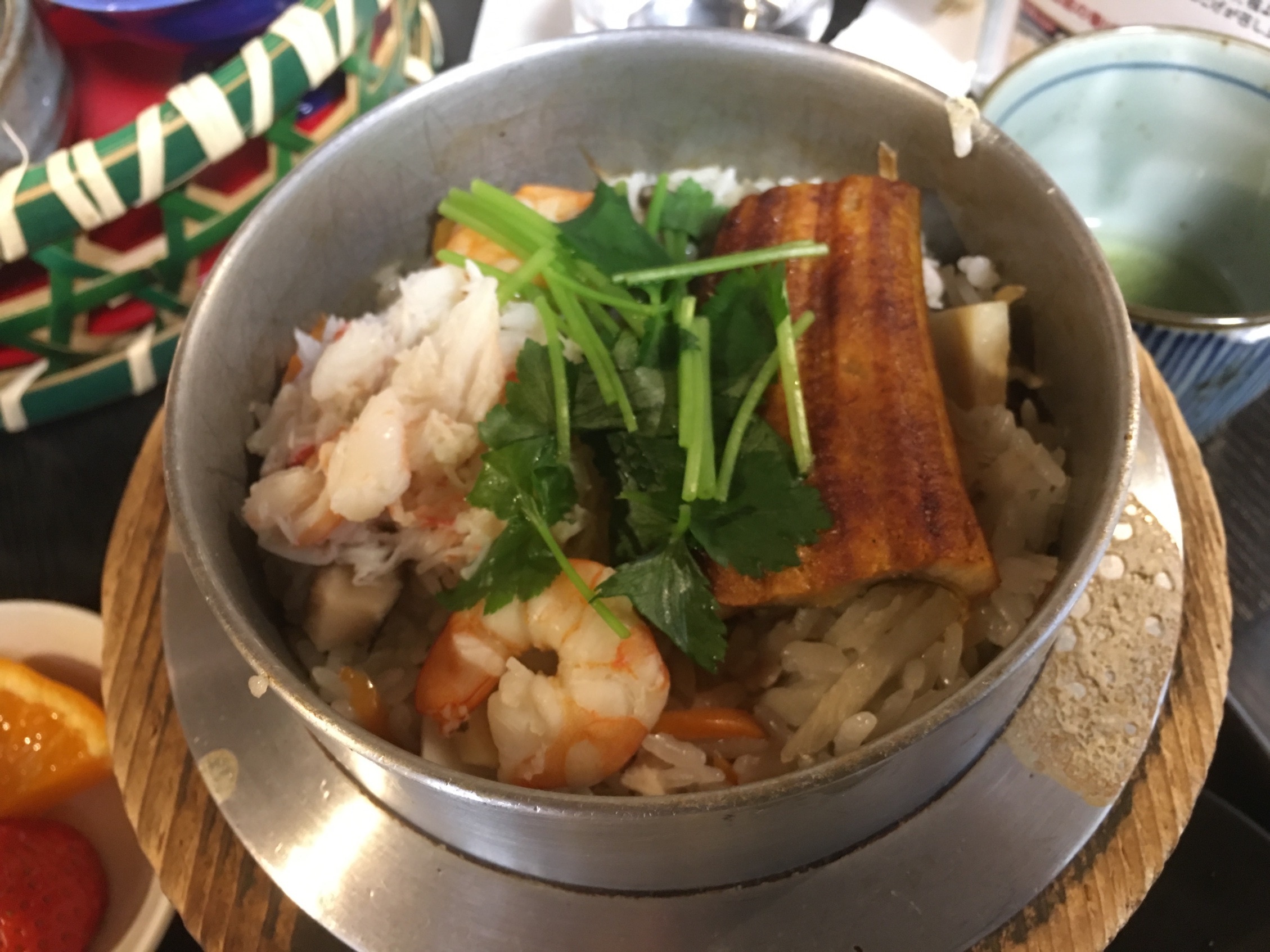Nara is an ancient city with a 1300-year history. Surrounded by World Heritage Sites there are many national treasures and important cultural assets of architecture and Buddhist statues.
There are many relaxing places to visit in the prefecture, such as townscapes that reconcile the past with the present.
«Todaiji»
A typical temple of the Nara period, known as «The Great Buddha».
The «Great Buddha Hall» is one of the largest wooden constructions in the world.
The appearance of the Great Buddha is a masterpiece. Be sure to look at him from all sides, so you can perceive his greatness.
«Yakushiji»
Yakushiji has many attractions. It is a popular tourist place where you can feel the tranquility of the great Buddhist art.
«Kasuga Taisha»
The Kasuga Taisha shrine was built in 768 to protect the capital Heijo-kyo and to pray for the prosperity of the people. The crest of the shrine is «falling wisteria».
«Tousyoudaiji»
«Ganjin» is the founder of the Tousyoudaiji temple and a monk who was active in the «Nara period». One cannot talk about the Tousyoudaiji temple without knowing Mr. Ganjin. Visit the Tousyoudaiji temple and learn about the life of Ganjin.
«Gankouji-Tempel»
There are many cultural assets in Gankouji. This temple is also called the flower temple. There are two temples called Gankouji in Nara City, but the one designated as World Heritage is in Nakain Town, Nara City.
«Kofukuji»
Kofukuji is home to many national treasures.
It is a place where you can experience the wonderful world of Buddhist art, including the Ashura statue.
«Ruins of Heijyo Palace»
Heijyoukyuseki is a city that was the capital of Japan during the Nara period.
«Kasugayama Jungle»
Kasugayama is located directly east of Kasuga Tai Shrine and is listed as Kamiyama - holy mountain of the shrine as «cultural asset of old Nara» as a world cultural heritage. Because it is a cultural asset, you can only walk there on the Kasugayama Promenade. If the weather is fine, you should definitely go for a walk.
«Nara Park»
Opened in 1880, Nara Park is very peaceful and relaxed. An example of this is the existence of deer, which naturally live in the park. The Sika deer were once considered sacred and are still considered a national cultural heritage today, which means that they are largely protected. They find and eat their food themselves. Deer senbei (rice crackers), which are now commonly used for the deer, are not really needed by them. However, they must coexist with the people in the park. For this purpose, the rice crackers can be helpful for the communication between deer and humans. Deer senbei are only made for the deer, please never give them anything else and treat the deer according to the rules.
[Delicious food in Nara]
«Kakinoha Sushi»
Square sushi wrapped in khaki leaves.
«Nara no Sake»
Nara is said to be the birthplace of Japanese sake. There are many breweries in Nara Prefecture and you will find many delicious and popular local sake.
«Nara-zuke»
Nara-zuke is a traditionally pickled vegetable. White squash, pumpkin, watermelon, ginger etc. are pickled in sake pomace from the sake brewing process.
«Kamameshi»
Kamameshi is a Japanese mixed rice dish. «Meshi» means rice and «kama» refers to the ceramic/iron pot in which the dish is cooked. Apart from rice and spices like sake, soy sauce and mirin, there are no fixed rules for the ingredients of kamameshi, which means that there is an infinite variety of combinations. Source: gurunavi
Nara was the scene of a number of events in ancient history, including the reincarnation of Himiko, considered the oldest queen of Japan, and the political revolution known as the renewal of the great culture - Taika no kaisin.
If you know a little about the history and culture of Nara, you can really enjoy the places you want to visit. I could only tell you a fraction about Nara in this article, if you are interested in Nara, we highly recommend visiting this place and experiencing its history yourself. 🙂
